National Geographic Documentary - The Magic of Chimpanzee - Animals Wildliffe
National Geographic Documentary - The Magic of Chimpanzee - Animals Wildliffe
Chimpanzees (or chimps) are the species of the great apes in the genus Pan, consisting of the common chimpanzee and the bonobo. Together with gorillas, they are the only great apes that are currently restricted in their range to Africa. Native to sub-Saharan Africa, both chimpanzees and bonobos are currently found in the Congo jungle.
They were once considered to be one species; however, since 1928, they have been recognized as two distinct species: the common chimpanzee (P. troglodytes) who live north of the Congo River, and the bonobo (P. paniscus) who live south of it.[2] In addition, P. troglodytes is divided into four subspecies, while P. paniscus has none. Based on genome sequencing, the two extant Pan species diverged around one million years ago. The most obvious differences are that chimpanzees are somewhat larger, more aggressive and male-dominated, while the bonobos are more gracile, peaceful, and female-dominated.
Their hair is typically black or brown. Males and females differ in size and appearance. Both chimps and bonobos are some of the most social great apes, with social bonds occurring among individuals in large communities. Fruit is the most important component of a chimpanzee's diet; however, they will also eat vegetation, bark, honey, insects and even other chimps or monkeys. They can live over 30 years in both the wild and captivity.
Chimpanzees and bonobos are equally humanity's closest living relatives. As such, they are among the largest-brained, and most intelligent of primates; they use a variety of sophisticated tools and construct elaborate sleeping nests each night from branches and foliage. They have both been extensively studied for their learning abilities. There may even be distinctive cultures within populations. Field studies of Pan troglodytes were pioneered by primatologist Jane Goodall. Both Pan species are considered to be endangered as human activities have caused severe declines in the populations and ranges of both species. Threats to wild panina populations include poaching, habitat destruction, and the illegal pet trade. Several conservation and rehabilitation organisations are dedicated to the survival of Pan species in the wild.
-
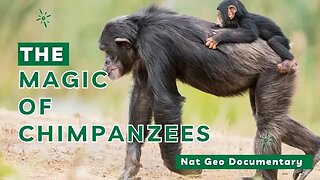 7:53
7:53
Chronic Pain Warriors
6 months agoThe Enchanting Magic of Chimpanzees Revealed. #Wildlife #video #Nature #Anima #Explore #Photography
2 -
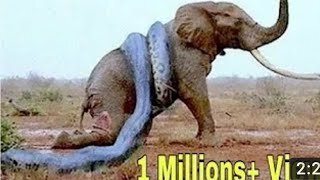 2:21
2:21
ViralVidsLmao
1 year agoWild Discovery: Animals Craziest Animal Fights -Caught On Camera! Animals Documentary
6 -
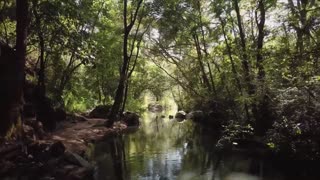 3:37
3:37
kadrism150
10 months agoIn to the Wild Adventures with Extraordinary Animals,
17 -
 0:51
0:51
Ughafoor
8 months agoFascinated by Wildlife Unveiling the Secrets Behind Animal Behavior
4 -
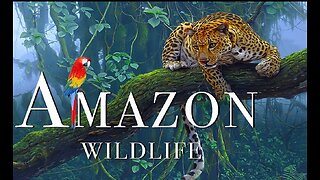 3:35
3:35
LetsLearn1
1 year agoDiscovering the Wonders of Amazon Jungle Animals and Species
4 -
 11:19
11:19
pcgophoto
10 months agoChasing Chimpanzees in Uganda
3 -
 0:59
0:59
LittleDreamersEducation
11 months agoDiscover the World of Animals: Talking Flashcards for Kids - Wild and Domestic
2 -
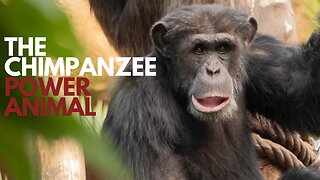 1:42
1:42
Welcome to the World of Power Animals
1 year agoChimpanzee Power Animal
48 -
 0:46
0:46
RichardKaahwaUganda
10 months agoOrphaned and rescued Chimpanzees
19 -
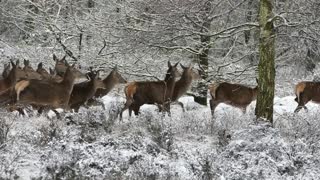 11:16
11:16
Wildwildwong
1 year agoDocumentary about wildlife pt.2
7